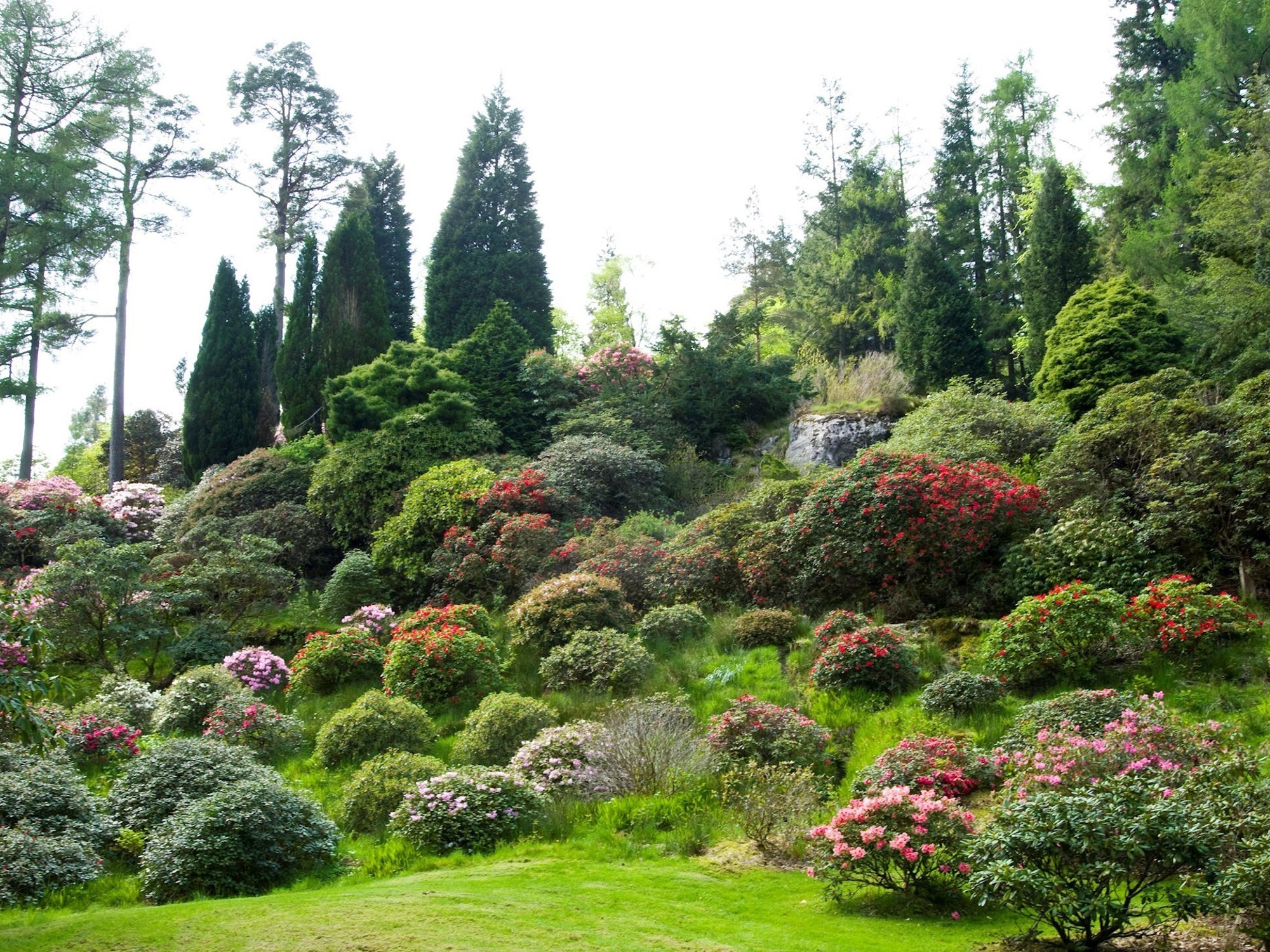The deeds of an environmental visionary ripple through time to reverberate within global conservation a century later in Cherished Plan, The Story of Puck’s Hut at Benmore. Ostensibly, a contemplation of a quirkily designed memorial to the great botanist Sir Isaac Bayley Balfour (1853 – 1922), David Gray’s new book uncovers interwoven strands of the environmental movement, early commercial forestry and a legacy of international conservation.
Bayley Balfour, “a most eminent botanist of any age,” was an advocate of conservation for the well-being of people and the planet. Addressing fellow academics at Oxford in 1894, he delivered an evangelical plea for forestry to be recognised as a scientific and economic resource, declaring that an end to overharvesting and a new focus for conservation tree planting would benefit “hygienic and climatic influences.”
As ninth Regius Keeper of the Royal Botanic Garden Edinburgh (RBGE) he also established the organisation as the leading authority on the study and conservation of Sino-Himalayan plants. Acutely aware of the sheer number of plants arriving in Britain from prolific collectors, he determined that specimens coming into the care of RBGE would be best suited to a site with abundant rainfall and little frost on the west coast of Scotland.
Bayley Balfour’s determination to find a suitable site to nurture plants in Argyll eventually transpired after his death. Benmore Botanic Garden - previously part of an imposing private estate - was gifted to the nation by Harry George Younger and acceded as RBGE’s first Regional Garden in 1929. Today, RBGE remains world-renowned for its rhododendron conservation and Benmore sits at the heart of that work.
Within the Walled Garden at Benmore stands Puck’s Hut, a small octagonal shelter, with its own intriguing backstory, a lasting memorial to the tenacity of Bayley Balfour. With private donations and public fundraising, the prolific architect and furniture designer Sir Robert Lorimer created a minor masterpiece. In a personal tribute, he designed an oak-framed “rest house” featuring a bell-shaped shingle roof, multi-pane casement windows and a base of local stone.
Ironically, Bayley Balfour was not knighted for his eminence as a botanist but for his services in World War 1. Through his research on Sphagnum (bog moss) as a super-efficient absorptive antiseptic wound dressing, from 1914 he diverted RBGE resources to identifying suitable locations for moss collection. By 1918, over one million dressings per month were being applied in British hospitals.
Far from a look back at history, it is a call to arms, core to national and international strategies in the 21st century. David Gray explained: “Cherished Plan was written to coincide with RBGE’s 350th anniversary celebrations and to highlight the role of the oldest Regional Garden of the three sitting within the portfolio of the headquarter Edinburgh site. The clarification of circumstances regarding the origins of the wider organisation at Benmore is considered to be timely and important.
“Benmore and the surrounding area holds a very special place in the hearts of many people in Scotland and beyond – the re-telling of the extraordinary and compelling story to build Puck’s Hut is intended to reward that loyalty and affection. The work of the four Gardens of the Royal Botanic Garden Edinburgh has never been more crucial and this is one more way of explaining the work we do – and have done since 1670.”
In its 350 years, celebrated in 2020, RBGE has remarkably had only 16 Regius Keepers: a testament to the drive of the organisation and the individuals within. As urgency grows to combat the impacts of the climate emergency and biodiversity crisis, Puck’s Hut reflects the conviction displayed now in driving local, national and global conservation.
Cherished Plan, The Story of Puck’s Hut at Benmore by David Gray ISBN: 978-1-910877-25-7 is published by the Royal Botanic Garden Edinburgh, with support from the Younger (Benmore) Trust rrp £8 and is available from rbgeshop.org
ENDS
For further information, interviews, review copies or images, please respond to this email or contact Shauna Hay on 07824 529 028
EDITOR’S NOTES:
David Gray was born in Edinburgh, gaining his DHE (Hons) qualification as a student at Royal Botanic Garden Edinburgh. Having been instrumental in developing private gardens in Argyll, he joined the staff of Benmore Botanic Garden in 2005. As a Senior Horticulturist, he is actively involved in overseas fieldwork, supporting skills and knowledge exchange and the extension of RBGE’s Living Collection as a global resource for plant research and conservation.
This book has been sponsored by the Younger (Benmore) Trust, continuing the work it began in 1928 to support development and appreciation of Benmore Botanic Garden.
The Royal Botanic Garden Edinburgh (RBGE) is a leading international research organisation delivering knowledge, education and plant conservation action around the world. In Scotland its four Gardens at Edinburgh, Benmore, Dawyck and Logan attract a million visitors each year. It operates as a Non Departmental Public Body established under the National Heritage (Scotland) Act 1985, principally funded by the Scottish Government. It is also a registered charity, managed by a Board of Trustees appointed by Ministers. Its mission is “To explore, conserve and explain the world of plants for a better future.” Learn more: www.rbge.org.uk

